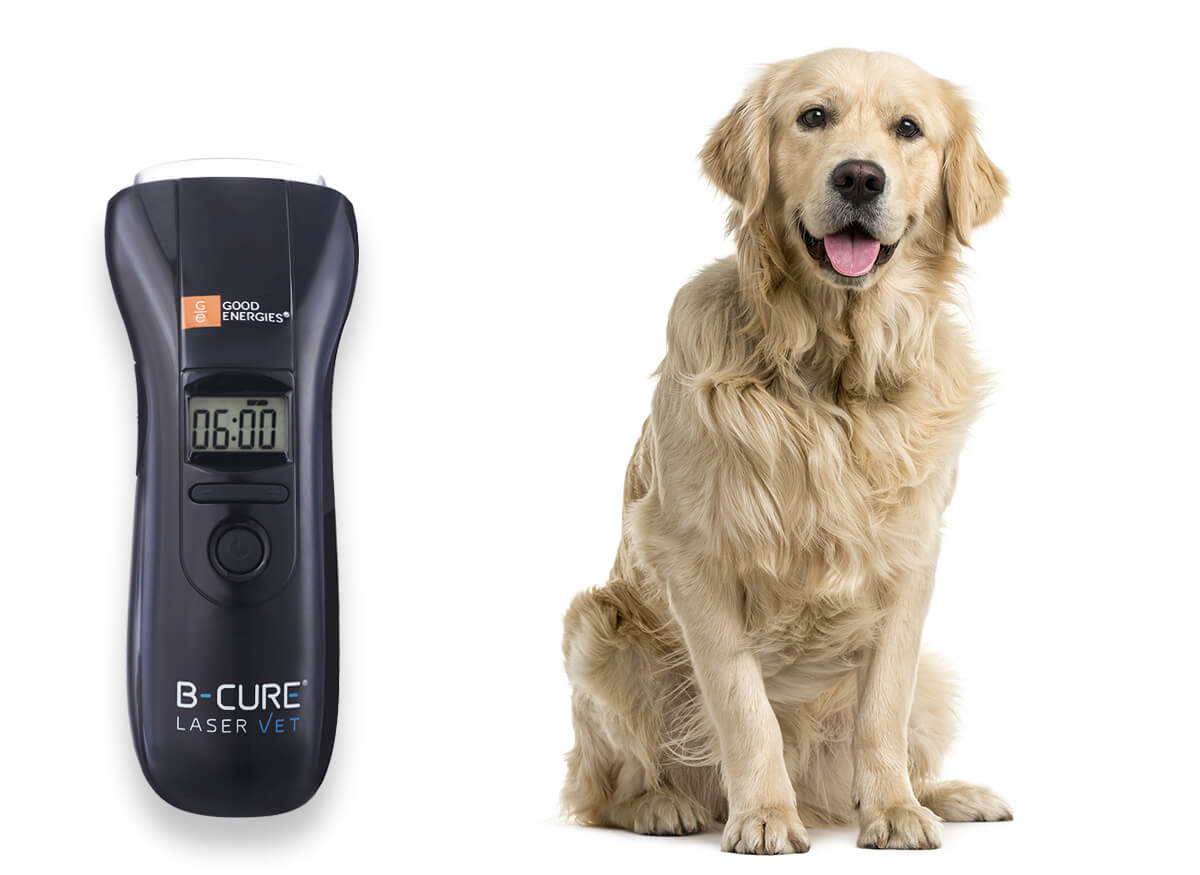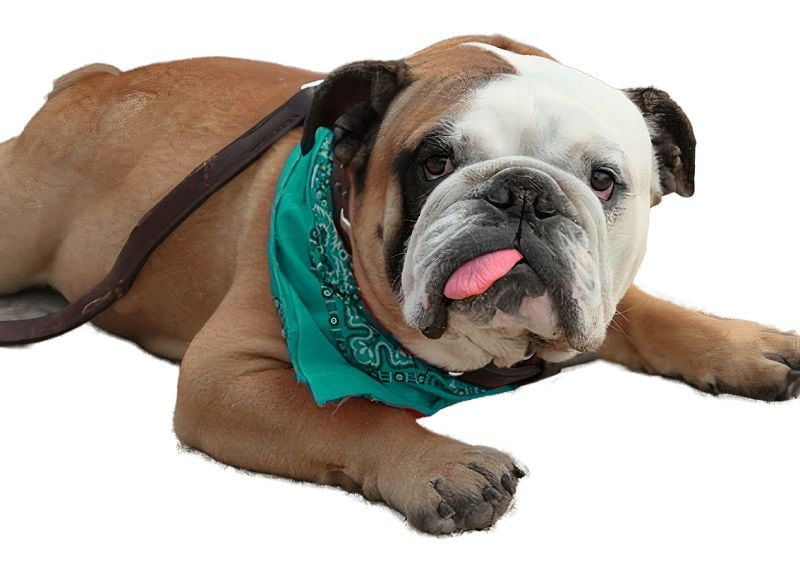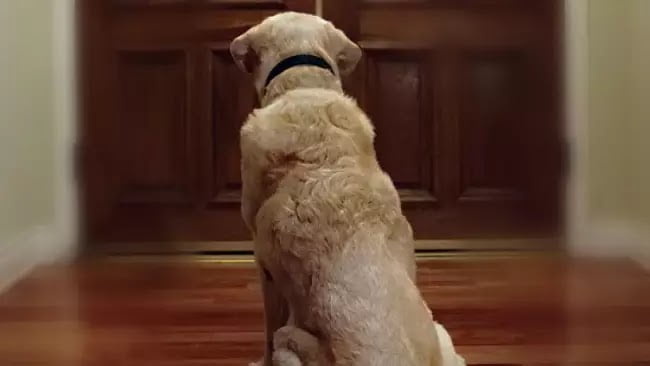Facial paralysis is a common issue in dogs, specifically in middle to older age. Facial paralysis occurs due to damage to the facial nerve that controls the muscle’s movement. This nerve is linked with the back of the brain, which controls the ear muscles, cheeks, lips, nostrils, and eyelids. Dogs that undergo facial paralysis have a droopy appearance of the face on one or both sides. Facial nerve dysfunction may occur at one side of the face, known as unilateral, or on both sides, called bilateral.

Causes of facial paralysis
The cause of facial nerve paralysis in dogs is idiopathic, meaning there is no known cause of paralysis. It could be due to the following reasons.
- Ear infection: the inner or middle ear infection can cause facial paralysis. About 50% of dogs may have facial paralysis due to otitis interna or otitis media (inflammation of the ear).
- Inflammation and immune-mediated disease: inflammation at any part that connects with the neurological pathway can cause facial paralysis. For example, Myasthenia gravis (break down of signals transmission between nerve and muscles)
- Neoplasia: sometimes, the tumor directly occupies the nerve and grows on the brainstem or the facial nerve.
- A traumatic injury can cause facial paralysis, including trauma or head infection.
- Metabolic and endocrine diseases: these disorders are due to dysfunction of the facial nerve (CN VII), e.g., hypothyroidism (coat and skin problems, weight gain, and behavioral changes), and Cushing’s disease (overproduce of cortisol by adrenal glands).
- Toxin: botulism can cause facial paralysis in dogs. Botulism occurs in dogs due to ingestion of botulinum toxin by eating raw meat or dead animals.
- Some cancers could cause facial nerve paralysis, like lymphoma or brain strokes.
Symptoms of facial paralysis
- If middle ear lesions lead to the inner ear, you can see vestibular disease or balance problems.
- Keratoconjunctivitis sicca (KCS): due to dry Eye, the pet can experience corneal ulceration
- Unable to close eyes, discharge of pus from the infected Eye, rubbing
- Absence of menace response
- Drooling: salivary glands are also controlled by the facial nerve
- Nose deviation towards the unaffected side of the face
- Collapse of nostrils
- Sloppy eating, dropping of food from the mouth, drinks to leak
- Drooping of the ear (one ear is held lower than the other
- Lip hangs down on the affected side
Dry Eye; a complication of facial nerve paralysis
In dry eye conditions, the infected dog cannot blink the Eye on the affected side. This condition happens when the dog cannot produce adequate tears. Dry Eye is a serious illness because it may lead to corneal ulcers.

How to treat facial paralysis in dogs?
- To cure an ear infection dog will require a course of antibiotics. If your dog does not respond to antibiotic treatment, surgical interventions of the ear are recommended. Blood tests, MRI, CT, and special imaging are essential to reveal the presence of a tumor.
- In dry eye conditions, if the blink response does not occur in dogs, you must lubricate the Eye every 4-6 hours. Artificial tears are prescribed to avoid corneal ulcers.
- The thyroid gland is also involved in causing facial paralysis in dogs. The replacement therapy is the only solution to avoid facial paralysis due to hypothyroidism.
- In crusting and dryness of the nose or the collapse of nostrils, use hot water and a clean towel to clean the debris. In severe cases, nostrils may need corrective surgery.
- The severity of the injury can be evaluated by electromyography. The specific therapy is not available to treat the injury, but we can provide heat and massage to infected muscles.
Laser therapy, a new way to treat facial paralysis
Facial paralysis can be treated by low-level laser therapy. Laser therapy can assist in regenerating the facial nerve. Laser therapy is a non-invasive, pill-free, innovative and pain-free treatment. The laser device is placed near the skin, permitting the light penetrates deep into facial tissues, stimulate natural healing, and reduce pain.
- LLLT helps to increase ATP (a type of energy) production
- Increased collagen production
- Increased level of cellular metabolism
- Improved circulation of blood
- Reduce inflammation
- Enhanced enzyme production
Apply a laser therapy session of 6 minutes in the lower parts of the cheek. To get adequate results, repeat the treatment at least 2 times a day.
Is facial paralysis life-threatening in dogs?
The uncomplicated condition of facial paralysis in dogs is not life-threatening. Dogs can make a full recovery even from vestibular disease. After two weeks, initial symptoms of dropping food and dribbling saliva from the mouth are replaced by chronic symptoms. In otitis, the infection can cause irreversible damage to the nerve and permanent paralysis.
There are 30-50% recovery chances in your affected dog. The immediate diagnosis is crucial to cure the paralysis; otherwise, chances become poor in severe conditions and recovery.








